Growth in Construction Sector
The growth in the construction sector serves as a crucial driver for the Polyolefin Foam Market. As urbanization accelerates, the demand for insulation materials in residential and commercial buildings is on the rise. Polyolefin foams are favored for their thermal insulation properties, lightweight nature, and resistance to moisture, making them ideal for various construction applications. In 2025, the construction industry is projected to utilize polyolefin foams extensively in insulation panels and soundproofing materials. This trend is indicative of a broader movement towards energy-efficient building practices, where polyolefin foams play a vital role in enhancing energy performance. Consequently, the Polyolefin Foam Market is poised for growth as it aligns with the increasing focus on sustainable construction solutions.
Increased Focus on Sustainability
The increased focus on sustainability is a significant driver for the Polyolefin Foam Market. As industries strive to reduce their carbon footprint, the demand for eco-friendly materials is rising. Polyolefin foams, which can be produced with lower energy consumption and are often recyclable, align well with these sustainability goals. In 2025, the market is expected to witness a shift towards bio-based polyolefin foams, which offer a more sustainable alternative to traditional materials. This trend is likely to attract investments in research and development aimed at enhancing the environmental profile of polyolefin foams. As companies prioritize sustainable practices, the Polyolefin Foam Market is positioned to benefit from this growing demand for environmentally responsible materials.
Expansion of Packaging Applications
The expansion of packaging applications is significantly influencing the Polyolefin Foam Market. With the rise of e-commerce and the need for protective packaging solutions, polyolefin foams are increasingly being adopted for their cushioning properties and lightweight nature. In 2025, the packaging sector is expected to witness a notable increase in the use of polyolefin foams, particularly in protective packaging for fragile items. This shift is driven by the need for materials that can withstand transportation stresses while minimizing environmental impact. The versatility of polyolefin foams allows for customization in packaging design, further enhancing their appeal in the market. As sustainability becomes a priority, the Polyolefin Foam Market is likely to benefit from innovations aimed at reducing waste and improving recyclability.
Rising Demand for Lightweight Materials
The increasing emphasis on lightweight materials across various industries is a pivotal driver for the Polyolefin Foam Market. As manufacturers seek to enhance fuel efficiency and reduce emissions, the demand for lightweight components in automotive and aerospace applications has surged. Polyolefin foams, known for their low density and excellent mechanical properties, are becoming the material of choice. In 2025, the automotive sector is projected to account for a substantial share of the market, with polyolefin foams being utilized in interior applications, such as seating and insulation. This trend indicates a shift towards materials that not only meet performance criteria but also contribute to sustainability goals, thereby propelling the growth of the Polyolefin Foam Market.
Technological Innovations in Foam Production
Technological innovations in foam production are driving advancements within the Polyolefin Foam Market. The development of new manufacturing techniques, such as extrusion and molding processes, has enhanced the efficiency and quality of polyolefin foams. These innovations allow for the production of foams with tailored properties, catering to specific industry needs. In 2025, the market is likely to see an increase in the adoption of advanced production technologies that improve the performance characteristics of polyolefin foams, such as enhanced durability and thermal resistance. This evolution in manufacturing not only meets the growing demands of various sectors but also positions the Polyolefin Foam Market as a leader in providing high-performance materials.


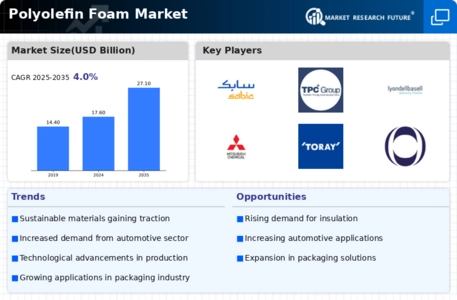
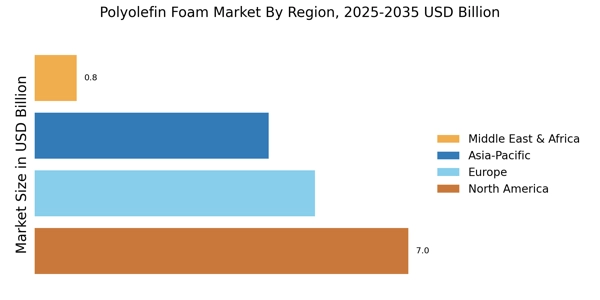


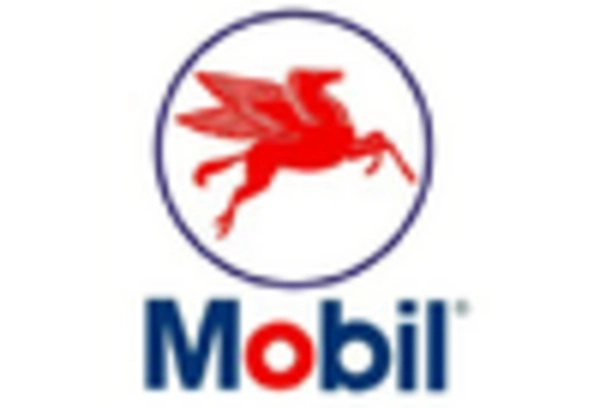
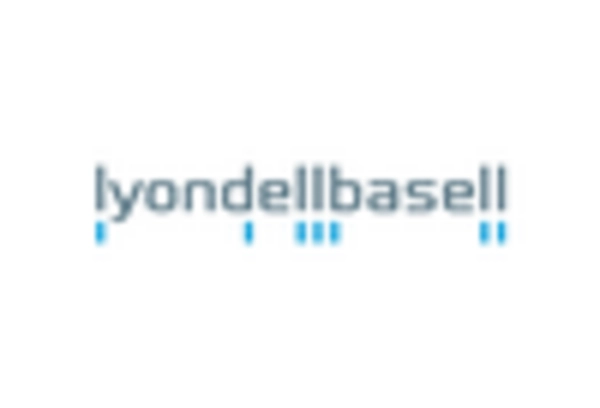

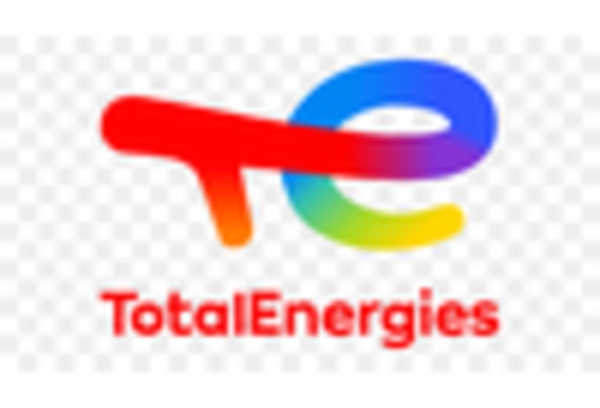








Leave a Comment